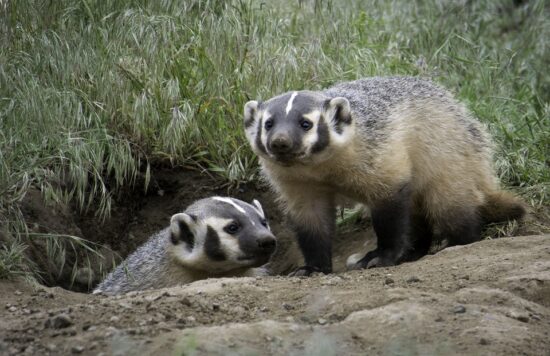Estimation of the Prevalence of Antimicrobial Resistance in Badgers (Meles meles) and Foxes (Vulpes vulpes) in Northern Ireland
Antimicrobial resistant (AMR) bacteria can be shared between humans and animals, through food, water, and the environment. Wild animals are not only potential reservoirs of AMR, but are also sentinels mirroring the presence of AMR zoonotic bacteria in the environment. In Northern Ireland, little is known about levels of AMR in bacteria in wildlife, thus the current study aimed to estimate the prevalence of AMR bacteria in wildlife using wildlife species from two ongoing surveys as a proxy. Nasopharyngeal swabs and faecal samples from European badgers (Meles meles) (146 faecal samples; 118 nasal samples) and red foxes (Vulpes vulpes) (321 faecal samples; 279 nasal samples) were collected throughout Northern Ireland and were used to survey for the presence of extended spectrum beta lactamase resistant and AmpC-type beta lactamases Escherichia coli (ESBL/AmpC), Salmonella spp. (only in badgers) and methicillin resistant Staphylococcus aureus (MRSA).
AMR NEWS
Your Biweekly Source for Global AMR Insights!
Stay informed with the essential newsletter that brings together all the latest One Health news on antimicrobial resistance. Delivered straight to your inbox every two weeks, AMR NEWS provides a curated selection of international insights, key publications, and the latest updates in the fight against AMR.
Don’t miss out on staying ahead in the global AMR movement—subscribe now!







